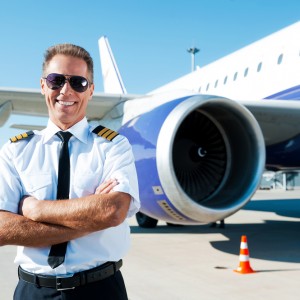 A group of researchers from the University of California published a recent research letter in JAMA Dermatology whereby they state airline pilots could be exposed to the same levels of UV-A radiation as that of a tanning bed, due to the incapacity of airplane windshield to fully block this type of radiation.
A group of researchers from the University of California published a recent research letter in JAMA Dermatology whereby they state airline pilots could be exposed to the same levels of UV-A radiation as that of a tanning bed, due to the incapacity of airplane windshield to fully block this type of radiation.
Airplane windshield composition usually consists of polycarbonate plastic or multilayer composite glass, allowing part of UV-A radiation to pass through, causing DNA damage in the cells and significantly increasing the risk of developing melanoma.
In the study titled “The Risk of Melanoma in Airline Pilots and Cabin Crew, UV measurements in flying airplanes”, Martina Sanlorenzo, M.D., and colleagues registered the amount of UV radiation present in airplane cockpits throughout flights. They then compared these levels with those present in tanning beds.
The levels of radiation present in the cockpit were measured at different altitudes and in different geographical locations, including San Jose, Calif., and in Las Vegas at the peak of the sun (midday) in the month of April.
Previous studies performed by the same team had already demonstrated that in 19 medical studies reviewed, including more than 265,000 participants, an airplane pilot or cabin crew member has twice the probability of developing melanoma.
In this study, the authors observed that a pilot who flies for an average of 56.6 minutes at 30,000 feet receives exactly the same amount of radiation as a person exposed to a 20-minute tanning bed session.
Furthermore, the authors hypothesize that these radiation levels could even be increased when pilots need to fly over dense clouds and areas filled with snow, which are known to intensely reflect UV radiation.
“Pilots and cabin crew have approximately twice the incidence of melanoma compared with the general population. Further research on mechanisms and optimal occupational protection is needed. Airplane windshields do not completely block UV-A radiation and therefore are not enough to protect pilots. UV-A transmission inside airplanes can play a role in pilots’ increased risk of melanoma. … We strongly recommend the use of sunscreens and periodical skin checks for pilots and cabin crew,” the authors conclude in their study.


